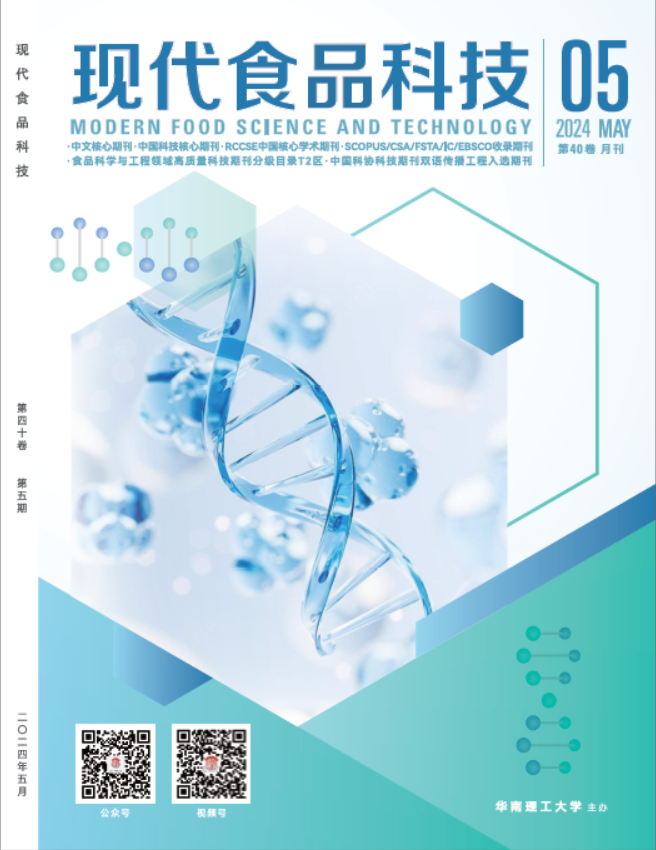Abstract:
The effects of Bifidobacterium sp., Clostridium butyricum, and Lactobacillus plantarum on the clinical symptoms of letrozole-induced polycystic ovary syndrome (PCOS) in rats were investigated. During the experiment, the estrus cycle, visceral fat mass and weight, Lee’s index, and fasting plasma glucose levels were monitored. Thereafter, all the PCOS rats were sacrificed and the histological and fibrotic changes in ovarian tissue were observed using hematoxylin-eosin and Masson staining assays. The serum levels of sex hormones, blood lipids, insulin, and lipopolysaccharide were determined by enzyme-linked immunosorbent assay. The expression of key signaling molecules of the TGF-β/Smad signaling pathway, including Smad2, p-Smad2, Smad3, p-Smad3, and Smad4, in the rat ovaries was detected using western blots. Bifidobacterium sp., C. butyricum, and L. plantarum effectively restored the estrous cycle and improved insulin resistance. They significantly modulated the levels of sex hormones (T: 48.49, 45.71, and 40.36 nmol/L; E2: 46.63, 42.94, and 49.94 ng/L; FSH: 15.94, 17.77, and 18.73 IU/L; LH: 18.73, 18.94, and 17.27 ng/L), dyslipidemia (TG: 0.59, 0.69, and 0.79 mmol/L; TC: 4.65, 4.72, and 4.48 mmol/L; LDL-C: 0.40, 0.42, and 0.44 mmol/L; HDL-C: 1.99, 1.53, and 1.39 mmol/L), and LPS (102.62, 152.8, and 136.58 EU/L). Moreover, the intervention by all three probiotics significantly inhibited the expression of Smad4 (52.89%, 29.14%, and 69.80%), p-Smad3 (65.31%, 65.82%, and 78.57%), and p-Smad2 (77.42%, 52.86%, and 56.96%) (p<0.05). Hence, Bifidobacterium sp., C. butyricum, and L. plantarum exert significant protective effects on letrozole-induced PCOS in rats.

